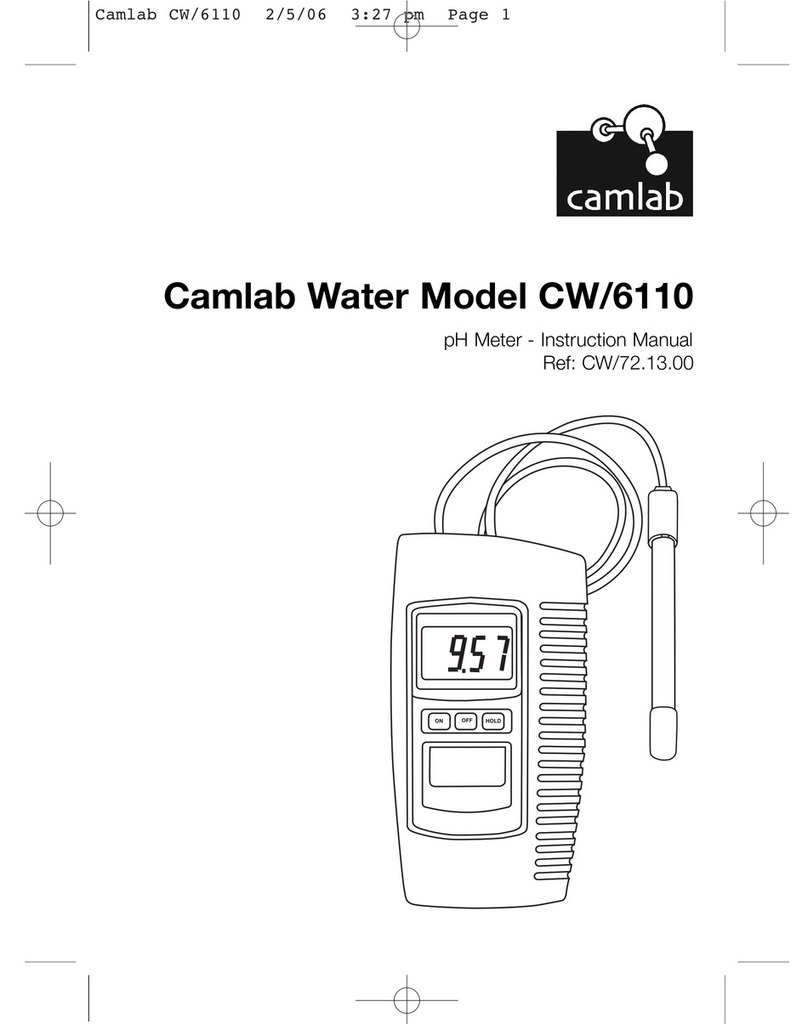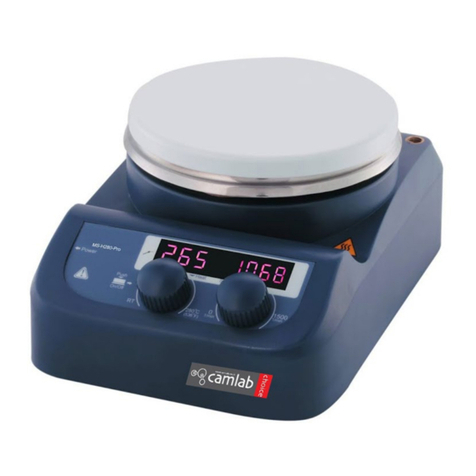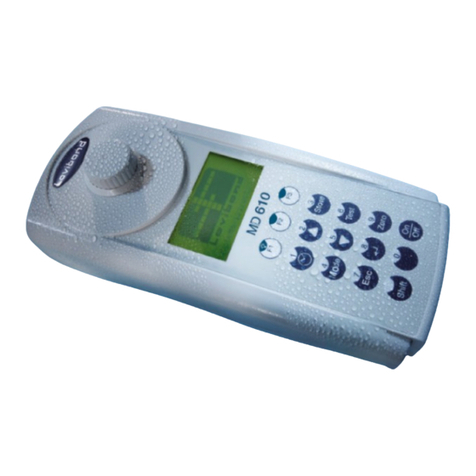
3
Table of Contents Page
1. Scope of delivery .............................................................. 4
2. System description ........................................................... 4
3. Connections ..................................................................... 6
4. Display ............................................................................. 6
5. Keypad ............................................................................ 8
6. Startup ............................................................................. 8
7. Measurement ................................................................. 10
8. Configuration of the unit ................................................. 11
8.1 Resolution of display for oxygen measurement ............... 11
8.2 Zero point temperature offset ......................................... 11
8.3 Salinity: salinity correction ............................................... 12
8.4 Display of sensor status ................................................. 12
8.5 Pressure Absolute, display of absolute pressure ............. 13
8.6 Selection of temperature unit°C /°F ............................... 13
8.7 Selection of unit for oxygen partial pressure .................... 13
8.8 „Power off“: automatic unit switch-off ............................. 13
9. Oxygen measurement .................................................... 14
9.1 Absolute pressure .......................................................... 14
9.2 Salinity correction ........................................................... 15
10. Calibration of oxygen measurement ................................ 15
10.1 Performing calibration ..................................................... 15
11. Oxygen sensor ............................................................... 16
11.1 Technical data ................................................................ 16
11.2 Operating notes ............................................................. 17
11.3 Design of the sensor ...................................................... 18
11.4 Care and maintenance ................................................... 19
12. Result memory ............................................................... 21
12.1 Storing results ................................................................ 21
12.2 Displaying stored results ................................................. 21
12.3 Deleting stored results .................................................... 21
13. Error messages and troubleshooting .............................. 22
14. Technical data ................................................................ 23
15. Accessories .................................................................... 26
Camlab CW/6230 2/5/06 3:33 pm Page 3



































